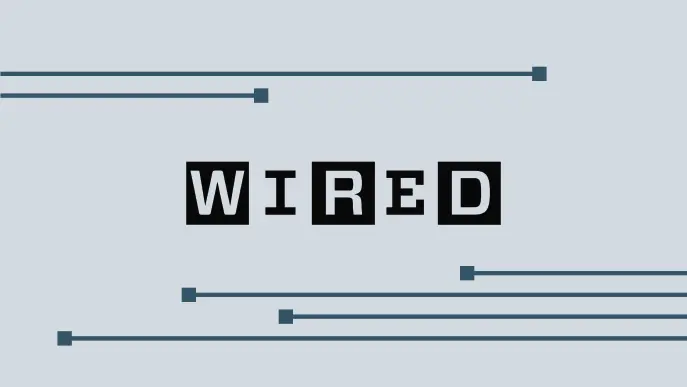
WIRED: A $500 Open-Source Tool Lets Anyone Hack Computer Chips With Lasers
In an exclusive with WIRED, NetSPI’s Director of Transportation, Mobility, and Cyber Physical Systems, Sam Beaumont, and Director of Hardware and Embedded Systems, Larry “Patch” Trowell, explain a new laser hacking device they’ve created, RayV Lite. This device will be presented at Black Hat USA. Read the preview below or view it online.
+++
IN MODERN MICROCHIPS, where some transistors have been shrunk to less than a 10th of the size of a Covid-19 virus, it doesn’t take much to mess with the minuscule electrical charges that serve as the 0s and 1s underpinning all computing. A few photons from a stray beam of light can be enough to knock those electrons out of place and glitch a computer’s programming. Or that same optical glitching can be achieved more purposefully—say, with a very precisely targeted and well timed blast from a laser. Now that physics-bending feat of computer exploitation is about to become available to far more hardware hackers than ever before.
At the Black Hat cybersecurity conference in Las Vegas next week, Sam Beaumont and Larry “Patch” Trowell, both hackers at the security firm NetSPI, plan to present a new laser hacking device they’re calling the RayV Lite. Their tool, whose design and component list they plan to release open source, aims to let anyone achieve arcane laser-based tricks to reverse engineer chips, trigger their vulnerabilities, and expose their secrets—methods that have historically only been available to researchers inside of well-funded companies, academic labs, and government agencies.
You can read the article at https://www.wired.com/story/rayv-lite-laser-chip-hacking-tool/
Explore More News

The Wall Street Journal: Public Officials Separate Workplace and Personal Online Lives. Hackers Don’t Care.
NetSPI Field CISO Nabil Hannan was featured in The Wall Street Journal's article covering the need for secure practices when using apps for both personal and professional activities.

NetSPI’s All-in-One Cyber Platform Brings Speed and Scale to Proactive Security
NetSPI's Platform wins 2025 Cybersecurity Excellence Award in Security Platform category, highlighting its innovative approach to exposure management.

Media Alert: NetSPI Wins 2025 Cybersecurity Excellence Award in the Security Platform Category
NetSPI's Platform wins 2025 Cybersecurity Excellence Award in Security Platform category, highlighting its innovative approach to exposure management.